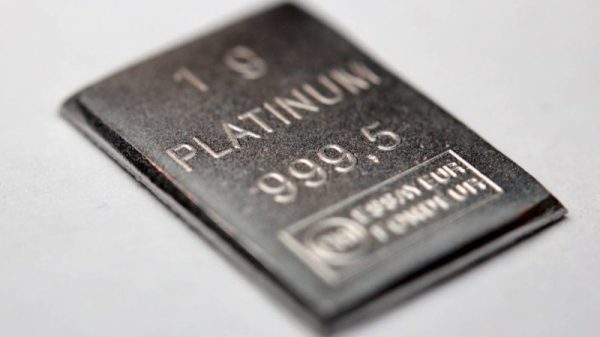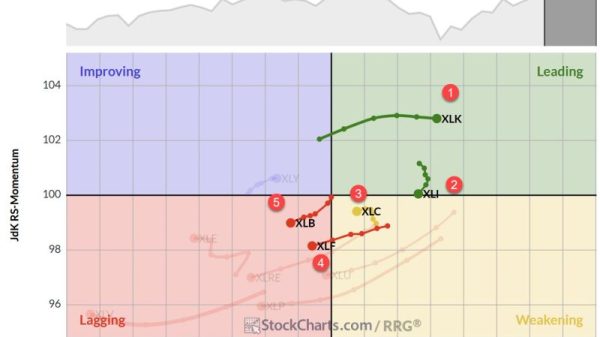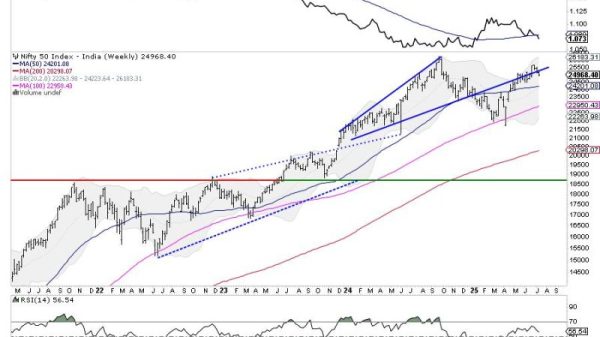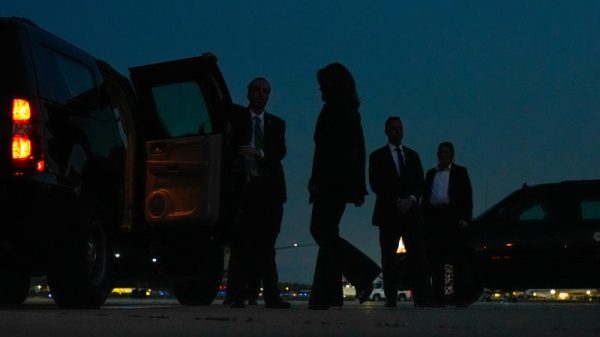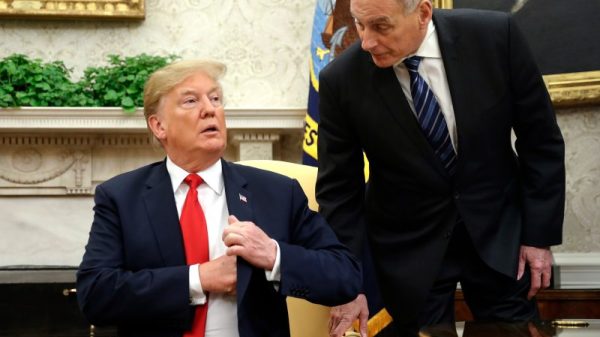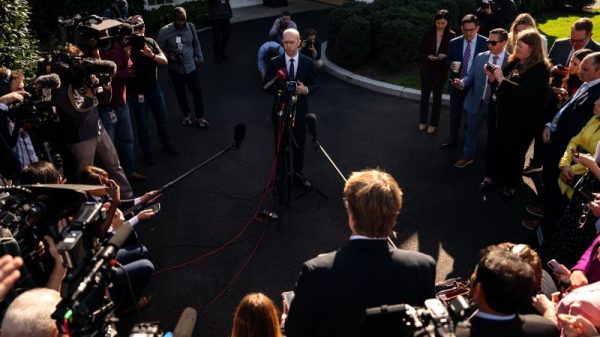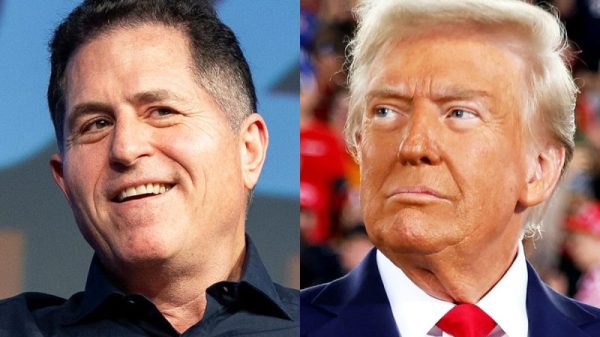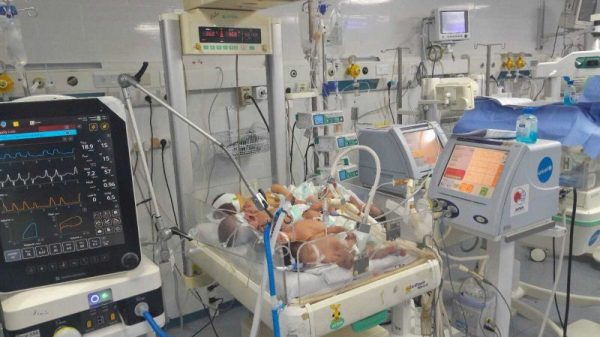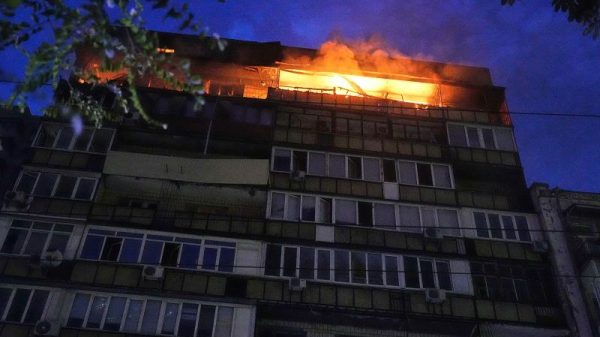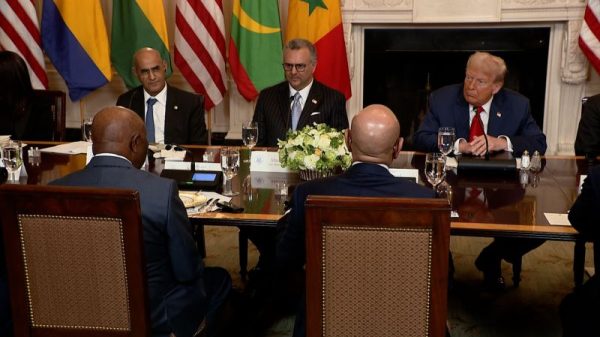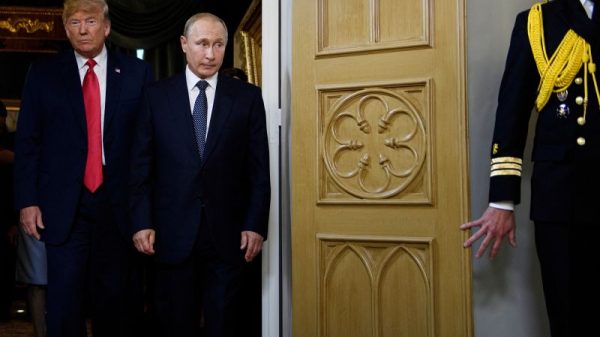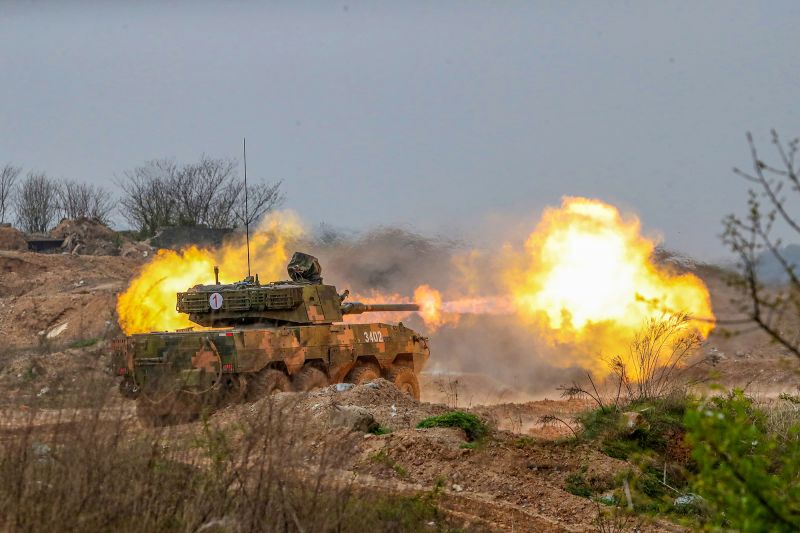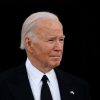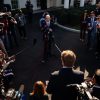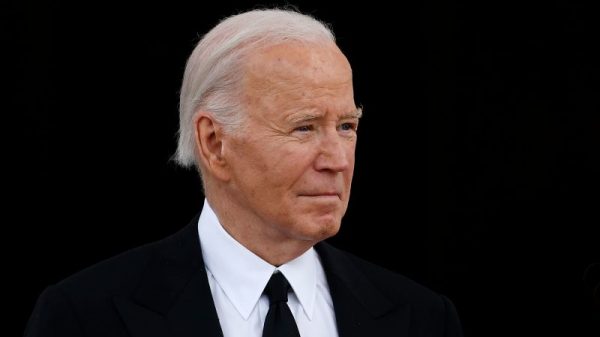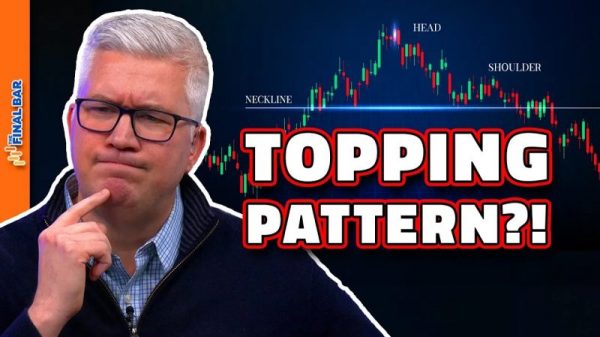China is not ready for war, according to a contentious report from a US think tank, which claims the main motivation for the ruling Communist Party’s expansive push for military modernization is to retain its grip on power – not fight an overseas foe.
Beijing has pursued a head-turning military buildup under Chinese leader Xi Jinping, during which the People’s Liberation Army (PLA) – previously not even one of the strongest in Asia – has started to rival, or in some categories surpass, the US military in analysts’ estimations.
Simulations by US defense experts have repeatedly shown the US – widely regarded as the world’s strongest military – having a tough time matching the PLA in a fight close to China’s shores, especially over the democratic island of Taiwan, which is claimed by Beijing.
But a report released last month by the Washington-based RAND Corp. said that despite the impressive buildup, political considerations – importantly the Communist Party’s desire for control over both military personnel and Chinese society – could hamper the PLA in battle, especially against a peer adversary such as the US.
“The PLA remains fundamentally focused on upholding Chinese Communist Party (CCP) rule rather than preparing for war,” wrote Timothy Heath, a longtime China expert with RAND, in the report, titled “The Chinese military’s doubtful combat readiness.”
“China’s military modernization gains are designed first and foremost to bolster the appeal and credibility of CCP rule,” making war unlikely, Heath added.
One example Heath cited of political considerations butting up against military objectives is the PLA spending up to 40% of training time on political topics.
“The trade-off in time that could be spent mastering the essential skills for combat operations further raises questions as to how well prepared the PLA might be for modern war,” Heath said.
Heath noted too that PLA units are led not only by commanding officers, but also by political commissars who focus on party loyalty rather than combat effectiveness.
“A divided command system … reduces the ability of commanders to respond flexibly and rapidly to emerging situations,” he wrote.
A conventional war between the US and China is a “remote possibility,” and Pentagon planners should focus on a wider variety of Chinese threats than missiles and bombs, he added.
But other experts scoffed at his conclusions, saying that Xi had made his top military goal clear: bringing Taiwan under Beijing’s control, by force if necessary.
The PLA’s buildup points to China being ready to do that, domestic control concerns notwithstanding, the experts added.
“There are much easier, cheaper, lower-risk ways to maximize party security than the bespoke warfighting capabilities Xi concertedly pursues,” said Andrew Erickson, professor of strategy at the US Naval War College.
John Culver, a former US intelligence officer for East Asia, also cast doubt on the report.
“War isn’t Plan A, but it is Plan B if events require and the material capacity of the PLA and China for such an event is strong and getter stronger,” he wrote on X.
Weapons and will
China has achieved rapid and indisputable military progress since Xi introduced sweeping reforms a decade ago.
Beijing’s intense shipbuilding program of recent years has yielded the world’s largest navy/maritime fighting force, which can operate farther than ever from China’s shores – including from the country’s first overseas military base in Djibouti.
Meanwhile, China has made advances in stealth aircraft and hypersonic weapons – and turned vast areas of its inland deserts into fields of missile silos.
But Heath questioned whether Beijing’s new arsenal would be effective in war.
“History has shown repeatedly that militaries sometimes fail to effectively use their advanced armaments in battle,” his report read, citing the war in Ukraine as the latest conflict where a better-armed military has failed to prevail.
Critics of Heath’s report said it’s folly to see the same weaknesses in the PLA.
“Xi repeatedly engages in difficult military restructuring efforts that prioritize improvements in realistic warfighting capabilities and impose some of the most demanding requirements conceivable on China’s armed forces,” said Erickson of the US Naval War College.
He noted that China is building both numbers – the Pentagon estimates Beijing is growing its nuclear warhead arsenal by about 100 a year – and technology, “pushing global frontiers with ambitious hypersonic weapons megaprojects.”
The human factor
Few doubt that the PLA has made great strides in both the number and quality of weapons it can field. Take for example its warships, led by the Type 055 destroyer, classified by many analysts as the most powerful surface combatant in the world.
The PLA Navy launched its 10th Type 055 last year, with as many as six more expected in the coming years. Each requires a crew of about 300 sailors.
Collin Koh, research fellow at the S. Rajaratnam School of International Studies in Singapore, said building the high-tech warships may be easier than crewing them – because modern warships need young sailors to take on complex tasks, and that requires extensive training.
“The army could likely assimilate someone from the countryside … who might not get a lot of education … and train him up to be an infantryman. But if you want to train somebody who is able to (repair) the controls in the combat information center in the warship, fire a missile and to maintain a missile, that requires a bit more,” Koh said.
Meanwhile, the PLA continues to struggle another personnel problem – corruption. A Pentagon report from December said a widespread anticorruption campaign within the senior levels of the Chinese military and government is impeding Xi’s defense buildup.
“I think they’ve identified it as something that really has posed great risks to the political reliability and ultimately the operational capability of the PLA,” a senior US defense official said in December.
Defining Chinese military readiness
When analysts talk about Chinese military readiness, focus quickly zooms in on Taiwan. US intelligence estimates say Xi has ordered the PLA to be ready to invade the island by 2027, if necessary.
But Heath argues that while the Chinese leader set that goal, he and other top party officials have not engaged in any concerted push to prepare the Chinese public for combat.
“Chinese leaders have made no speeches that glorify war, advocate for war, or otherwise characterize war as inevitable or desirable,” Heath wrote, noting that “China’s military has not even published a study on how it might occupy and control Taiwan.”
Others caution against judging Beijing’s intentions based on Western thinking. It’s unknown what Xi would consider a win in Taiwan, they say.
The amount of pain the PLA – and Chinese society as a whole – could sustain to take the island is known only in Beijing, they say.
“We have to consider the use of force by Beijing at a level that could be potentially calibrated to suit its political needs,” Koh said.
That force could be a blockade to strangle the island without shots being fired. It could be enough airstrikes to show Taipei and its supporters that China holds the upper hand in any cross-strait conflict. It could be a full-scale invasion and occupation.
Or it could be a continuation of Beijing’s relentless political pressure accompanied by the almost constant PLA presence around Taiwan, including dozens of warplanes and ships. It’s a policy that, to date, has served the Communist Party well, some analysts say.
So, why spend all that money on new weapons?
“China’s military modernization gains are not designed to conquer Taiwan through military attack. Instead, (they are) designed to help the PLA more effectively carry out its longstanding mission of upholding CCP rule,” Heath wrote.
Essentially, new warships and stealth fighter jets impress the public, and that makes controlling society easier, he said.
Drew Thompson, a senior research fellow at the Lee Kuan Yew School of Public Policy at the National University of Singapore agreed with that point. “Politics being primary means propaganda is more important than the military outcome,” he said.
But Koh said the PLA’s gains under Xi cannot be brushed aside as merely sending a domestic message.
“Despite those known issues within China and the PLA, I don’t think any military planner in the region is going to just dismiss the PLA as a paper tiger,” he said.
And Thompson said the PLA is indeed a capable foe for Taiwan and for the US.
“China could start a war and fight it. Could they win? How do you define victory?” Thompson asked.
“Is it a zero sum or just a series of tradeoffs?”



